Immigrant Grit Meets Couture Glam: Why Everyone's Talking About Abel Ljoka
:
Growing up in Mendoza with a family business centered around sewing machines, how did your childhood environment shape your perspective on craftsmanship and creativity?
That’s where I started doing my first creative things like painting and sewing, my Tia Elena and the group of ladies there who’d help my mom and instruct sewing classes would teach me how to do all kinds of little things, and encourage my art projects. My mom always told me if you want to do things right, it has to be done right the first time with care and quality, because taking short cuts can cost more in the end. Before my parents opened their sewing machine store, my mom worked for Singer as an official teacher and salesperson at the first Singer Sewing Center in Mendoza. Her dad, my Abuelo, made everything in his house, including his own furniture. So this was instilled in me at a young age.
Your parents had a sewing machine store and a pet puma—an unusual combination. What role did your childhood pets, especially the puma, play in inspiring your sense of identity and boldness in your designs?
We got our Puma, Lucy, when she was a baby and I was just as young. We were raised together along with cats and dogs like siblings, so our animals were a big part of our lives. My dad would take Lucy on walks off leash in the mountains with me, horses running wild, frogs in the streams – what I do has a lot of wild nature inspired by these experiences.
Moving from Mendoza to Buenos Aires and then to New York—each city with its unique culture—how have these experiences influenced your artistic vision and approach to fashion?
Mendoza is a small town, so when I moved to Buenos Aires I didn’t know much and was exposed to everything quickly, I was able to be myself, to explore on my own. Through the city’s nightlife I was connected to music, clubs, culture, art, and people, the gay community. Things I never knew or had now at my doorstep. And then what I thought I knew about fashion was erased by New York. I came alone with nothing but my dreams and didn’t speak english.
I remember seeing Amanda Lepore and wanting to speak to her, but I couldn’t. When I was a kid my mom said I would watch American movies and then copy what they’d say, even though I didn’t know what I was saying. I taught myself English by throwing myself into New York and into work. But it was moving to Harlem and the New York characters that really opened my eyes, and once again it was nightlife that showed me everything. I was a bartender and go-go boy, and that led to making outfits for my friends and dancers, customs for parties, and then for broadway. It brought me opportunities only being here can, and it changed me.
You specialize in leather and unique techniques—could you share a defining moment or project that pushed you to explore specific mediums or techniques in your work?
When I did Katy Perry for her Video Vanguard performance at the 2024 VMAs it was a transformative custom because there were so many elements of it that were firsts, from the scale of the final moment televised live to the steps of getting there. Katy was hands on throughout, and the piece in process had to travel back and forth in NY between our studio, her fittings, back to our studio, to her rehearsals, back to our studio, etc., I had to adapt the piece to her performance, finish it for an air rig that made her fly, create a custom paint tone, work with 3D printing… it brought me to another level, as each custom does. Every piece and process comes with its own experience and lessons.
As a designer, what fashion advice would you give the public in everyday fashion?
Keep it true to yourself. As Lynn Dell said, “Dress everyday for the theater of your life.”
In your view, how does fashion serve as a form of storytelling, and what stories do you aim to tell through your designs?
You can get to really know a person if you can really know their art. So fashion does tell a story and that story is different with each hand. Fashion also tells the story of time, it’s like a time stamp or photograph of culture in that moment. The story I want to tell is of an immigrant coming to America going through difficult times and leaving so much behind to be here, but never losing focus on a dream, and creating something original to mark this era.
As an artist who has traveled and evolved across different cultural landscapes, how do you believe global influences are shaping modern fashion?
Scrolling through social media you can get a quick glimpse into different cultures, techniques, tools, etc., in minutes you can see hand beading in India, lacework in Italy, machine tips from home sewers, new programs in patterning, it’s inspiring to see the unique ways people create around the world. It connects us.
Are there any particular childhood dreams or ambitions you held that have evolved into your current pursuits in fashion design?
I watched MTV over and over as a kid, there were so many female artists and their music video fashion moments that impacted me. To share my art now with these women who inspired me my whole life, to be part of iconic moments that last forever like award shows and music videos, like the ones that raised me, to scroll through Spotify and see SEKS on different artists and their album covers and bio photos is like going to a record store and seeing them on 12″s. It’s amazing. I’m thankful to be doing what I dreamed.
In a rapidly changing fashion industry, what remains the most vital value or principle that guides your creative process?
To create something I haven’t seen and the world hasn’t seen.
What advice would you give to aspiring designers who wish to incorporate traditional craftsmanship or unique mediums into modern fashion?
Study the craft and get obsessed with your art form. Explore it as much as you can, every facet. Put in the work. Make things. Trial and error. Keep creating and learning.
Looking ahead, what transformative visions do you hold for the future of fashion, and how do you see your role within that evolution and how do you balance innovation with tradition in your work, especially when working with time-honored techniques and mediums?
I see craftsmanship becoming increasingly important, almost like going back in time in the future, people everywhere becoming more hands on, and learning to make things with their hands in the old ways, combined with modern tools and machines. This is my role and what my studio represents, old analog leather techniques used for hundreds of years, next to digital laser machines. Using time honored traditional methods with the most cutting edge means.
Are there any designers, artists, or influences—historical or contemporary—that have profoundly impacted your approach and philosophy towards fashion?
I cannot put my finger on one thing, because inspiration for me comes from so many places – I submerge my life in black and white films, books of archival pin-up and bondage illustrations, and plants.
What role do personal stories and cultural heritage play in your creative process, and how do you incorporate them into your designs?
Being both an American and Argentinian is always present in what I do, memories of my parents, and what it took to get here. You can see it all there in my work; my latino culture and heritage, my family, Argentina, and New York.
:
: Prince Chenoa
: Taylor Winter Wilson (@taylorwinter)
: Frida Garcia D’Adda (@fridadda_)
: Mark Hunter (@thecobrasnake)
: Zach Vitale (@zachvitale)
: Sarah Gony (@eyes4sarah) , Victoria Reath (@victoriareath_)
: Deney Adam (@deney_adam)
: David Lopez (@davidlopezzz) at Forward Artists using Kenra Professional
: Galyna Pocziwinski (@ufirami) , Janelle Eyre (@jeyre.hair)
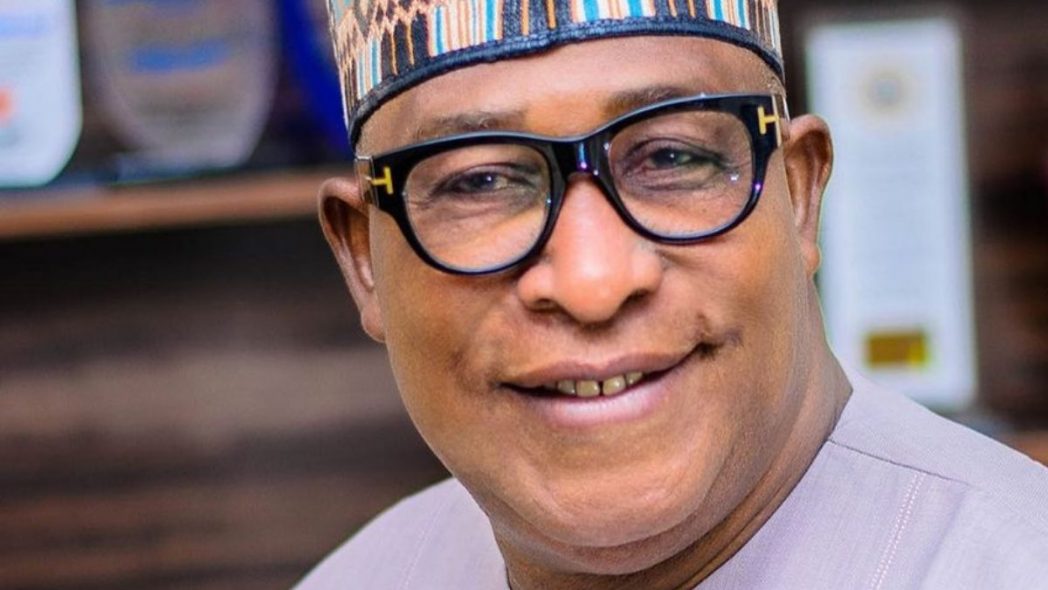
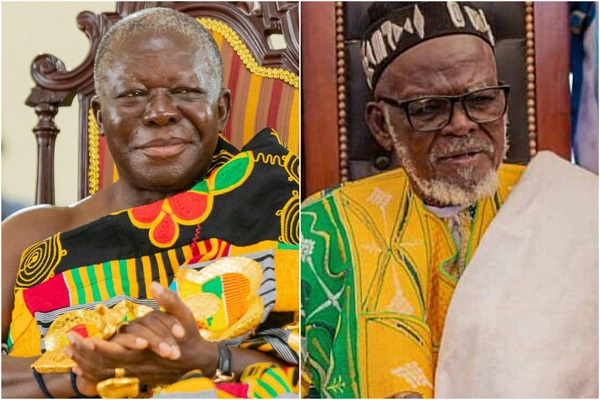
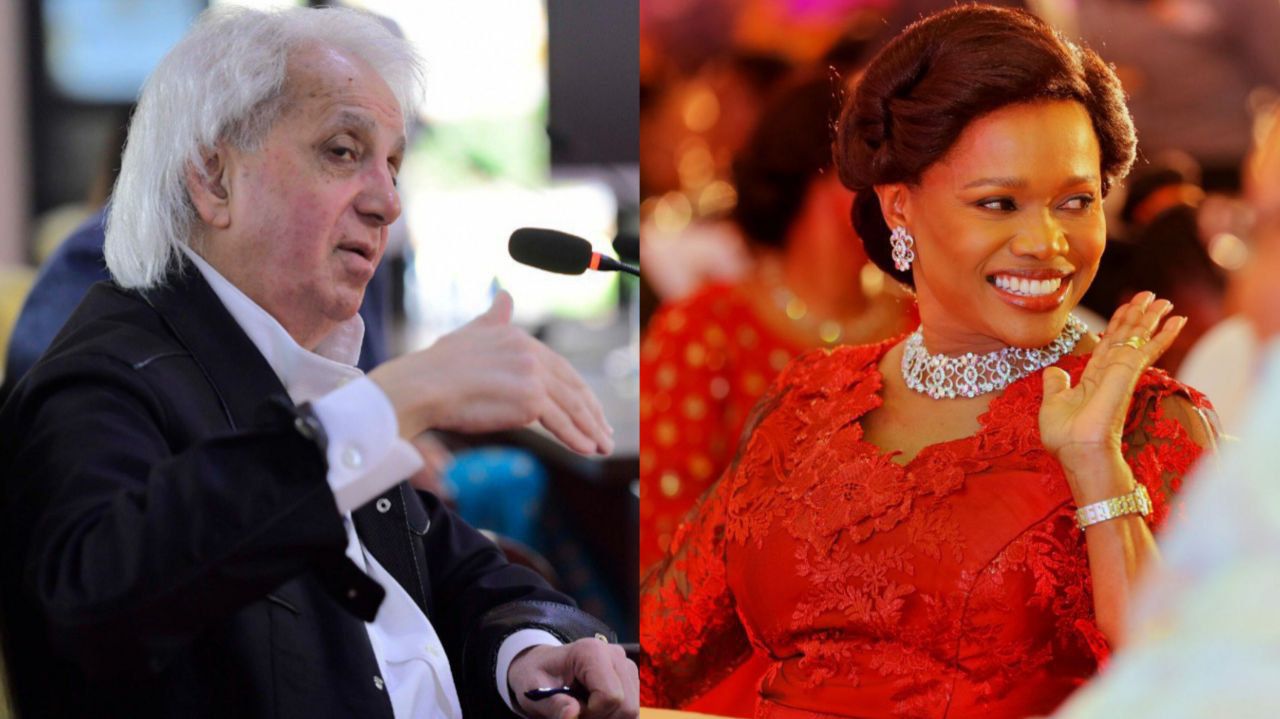

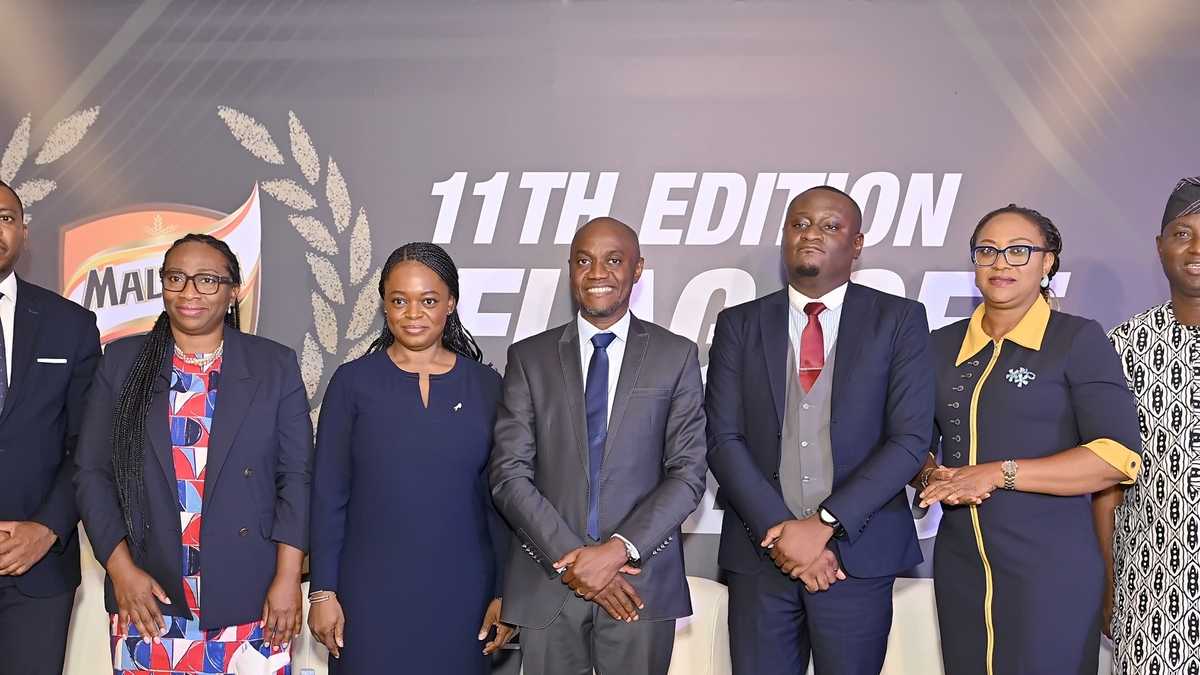

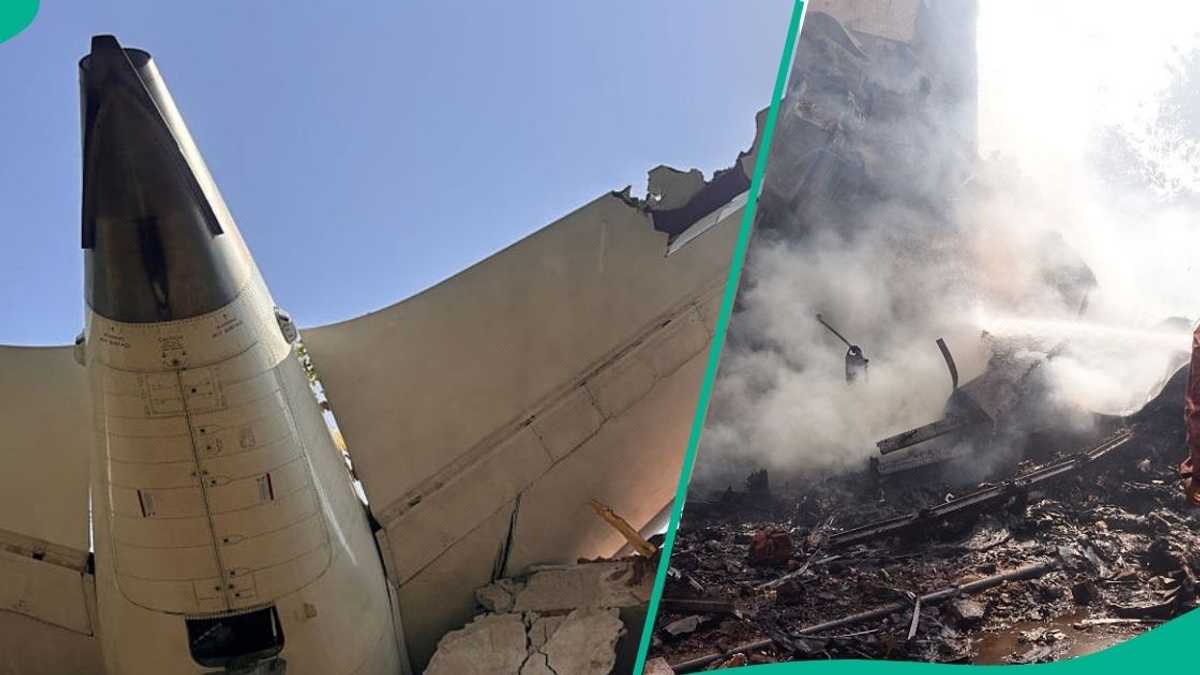

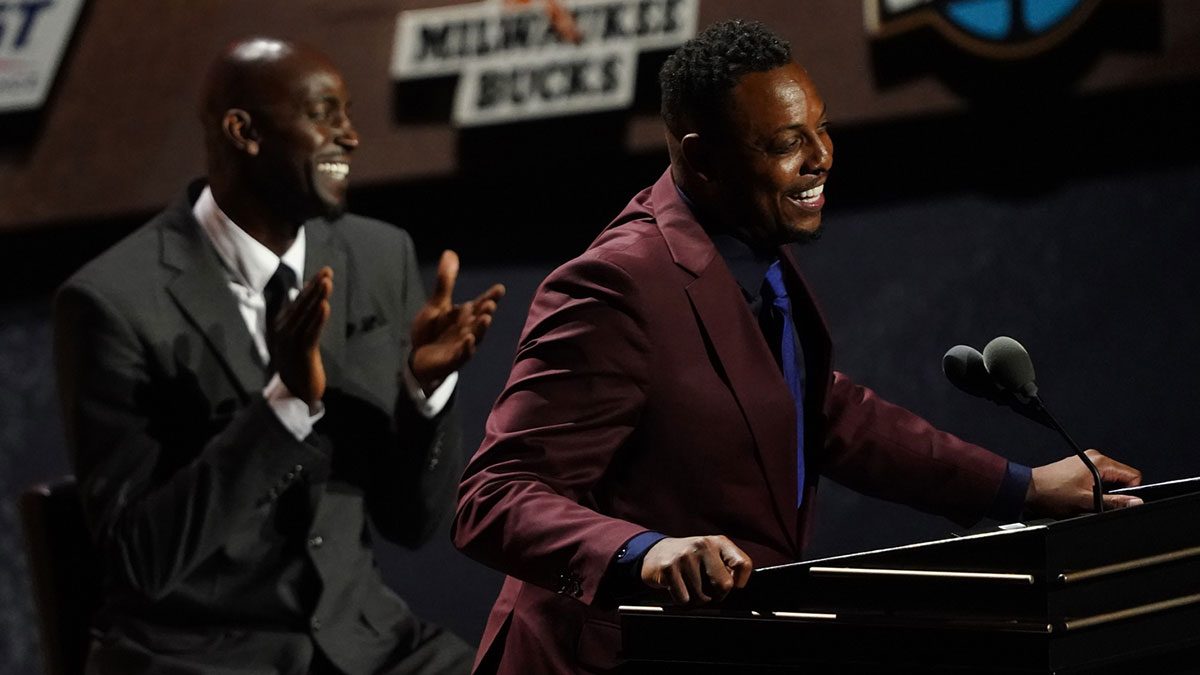

:max_bytes(150000):strip_icc()/PARENTS-Hello-Kitty-and-Cocomelon-558d28afabf74da69931b35b2382a9cd.jpg)

